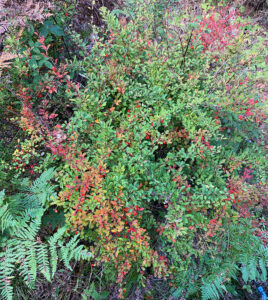By Art Kabelowsky, DNR Forest Health Outreach and Communications Specialist
Arthur.Kabelowsky@wisconsin.gov or 608-335-0167

The front cover of the Wisconsin DNR Forest Health 2023 Annual Report. / Graphic Credit: Wisconsin DNR
2023 was a busy year for the Wisconsin Department of Natural Resources (DNR) Forest Health Program. Summaries of activities and progress can be found in the program’s annual report for 2023, which was published on Jan. 31.
The annual report was the last one edited by DNR Invasive Forest Insects Program Coordinator Andrea Diss-Torrance, who retired in late January.
Continue reading “Read All About It: Forest Health Annual Report Published”

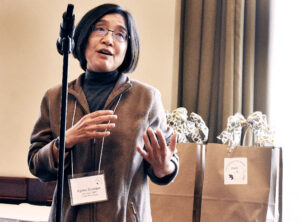

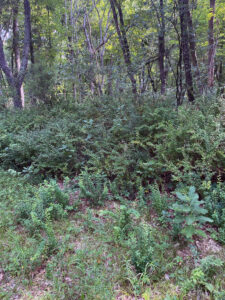
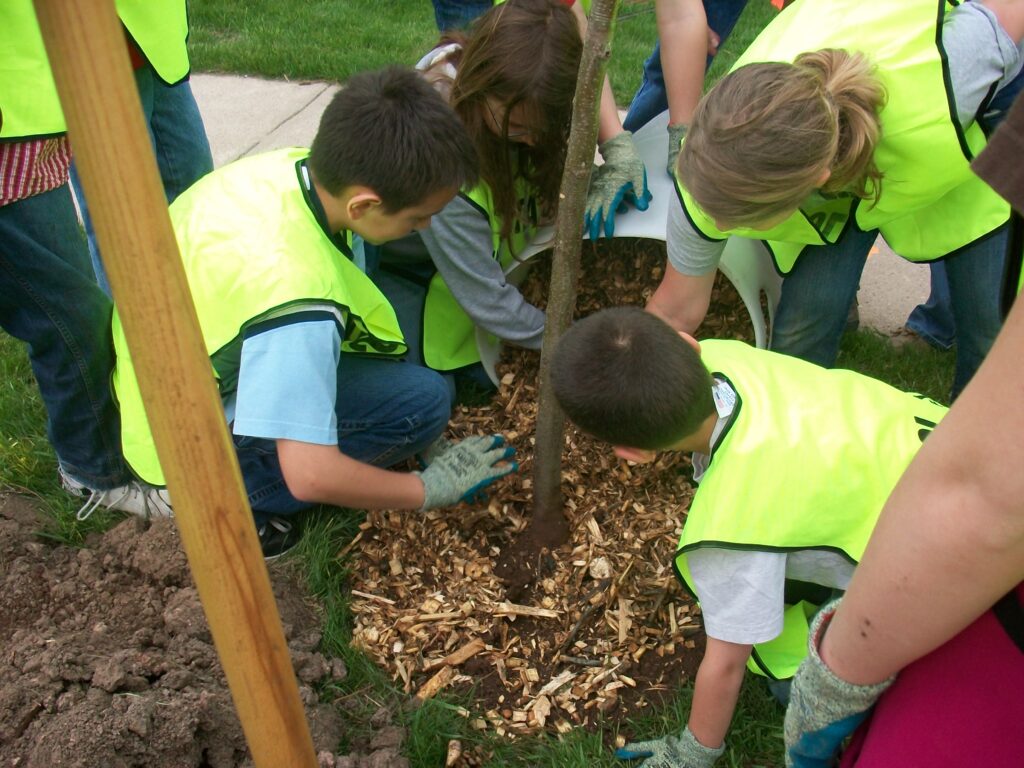
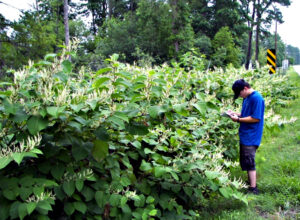
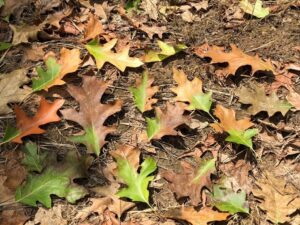
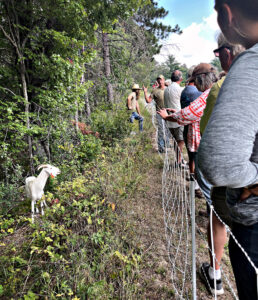
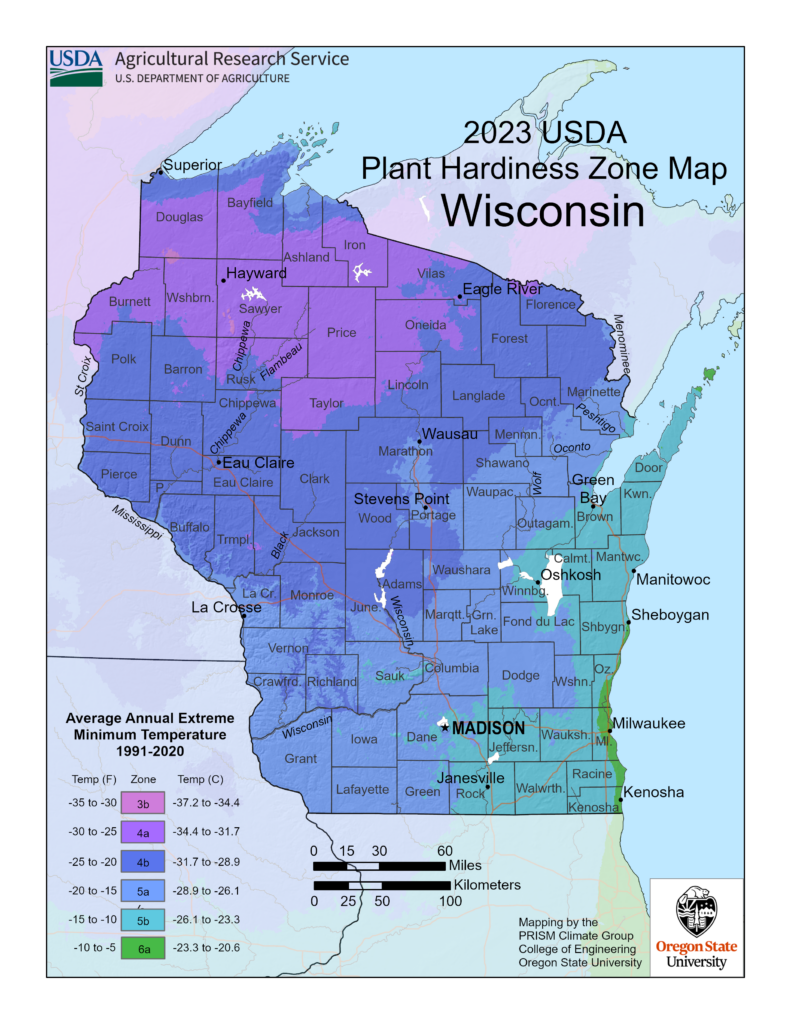 Thirty years of data was reviewed by a group of horticultural, botanical and climatological experts for the latest USDA Plant Hardiness Zone Map revision. This was determined to be the best balance between the fluctuations of year-to-year weather variation and the concept that, during their lifetimes, perennial plants mostly experience what is termed “weather” rather than “climate.” A complex algorithm was used for this edition of the Plant Hardiness Zone Map to enable more accurate interpolation between weather reporting stations. This method accounts for factors such as elevation change and proximity to bodies of water, making mapping zones more accurate.
Thirty years of data was reviewed by a group of horticultural, botanical and climatological experts for the latest USDA Plant Hardiness Zone Map revision. This was determined to be the best balance between the fluctuations of year-to-year weather variation and the concept that, during their lifetimes, perennial plants mostly experience what is termed “weather” rather than “climate.” A complex algorithm was used for this edition of the Plant Hardiness Zone Map to enable more accurate interpolation between weather reporting stations. This method accounts for factors such as elevation change and proximity to bodies of water, making mapping zones more accurate. 